Artificial Intelligence (AI) enables machines to mimic human intelligence, such as learning, reasoning, and problem-solving. It powers technologies like chatbots, self-driving cars, and personalized recommendations.
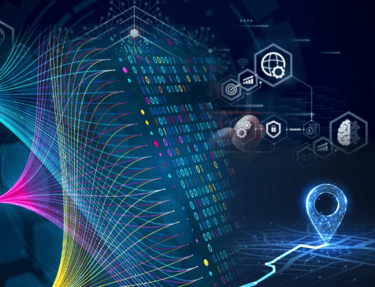

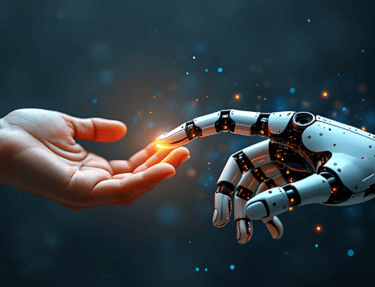

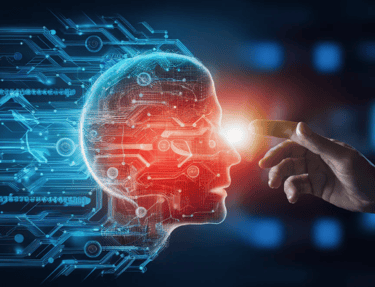

Artificial Intelligence
LLM Models

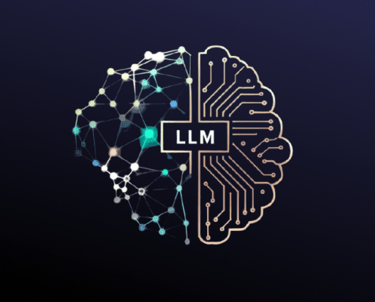
A Large Language Model is:
A type of artificial intelligence (AI).
Based on transformer architecture (like GPT, BERT, etc.).
Trained on massive datasets (books, websites, articles) to learn the patterns of human language.
Able to perform tasks like text generation, summarization, translation, question answering, and more.
Common Uses of LLMs
Writing assistance
Coding help (e.g., GitHub Copilot)
Customer service chatbots
Summarizing articles/documents
Education/tutoring
Legal and medical document review (with caution)
Chatbots
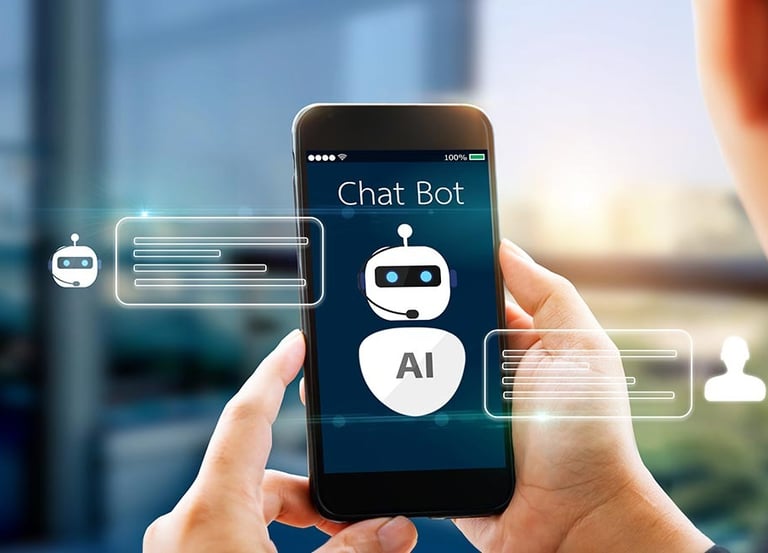

LLM-Powered Chatbots
These are the most capable chatbots today. They're powered by Large Language Models, which means they can:
Understand context and nuances in conversation
Generate human-like responses
Handle open-ended questions
Provide reasoning, summarization, or code generation
⚠️ Challenges
Hallucinations: Bot makes stuff up
Privacy: Handling user data responsibly
Bias: Models may reflect harmful stereotypes
Cost: Running LLMs can be expensive
Workflow Automation


LLM + Workflow Automation = Smarter Bots
Here’s how LLMs supercharge automation:
Traditional Bot:
"If the user says 'password reset', go to step 2."
LLM-Powered Bot:
Understands intent like: “Hey I can’t log in, maybe I forgot my password?”
Replies naturally, gathers more details
Then triggers the correct action automatically
🔄 Sample LLM Automation Flow
Example: LLM chatbot for customer support ticketing
User: "I can’t log into my account."
Chatbot (LLM): Understands intent + asks for email.
User gives info.
Bot sends API call → creates ticket in Zendesk or Jira.
Bot replies: “Your ticket has been created. Here’s your number.”
AI agent


In the world of LLMs and workflow automation, an agent is like a “thinking assistant” that can:
Understand complex instructions
Plan multi-step tasks
Use tools or APIs
Remember context
Decide what to do next
Think of it as moving from chatbot → to co-worker.
🧠 Real-World Use Cases
Customer Support Agents: Handle full ticketing flows
Executive Assistants: Schedule meetings, write emails
Sales Agents: Reach out to leads, generate proposals
Dev Agents: Take a GitHub issue and code a solution
⚠️ Challenges / Limitations
Reliability: Agents may go off-track or hallucinate
Security: Giving access to APIs or data needs caution
Oversight: They still need humans to validate important tasks
Complexity: Harder to debug than simple automations
Artificial Intelligence (AI) is the field of computer science focused on creating systems that can perform tasks that typically require human intelligence.
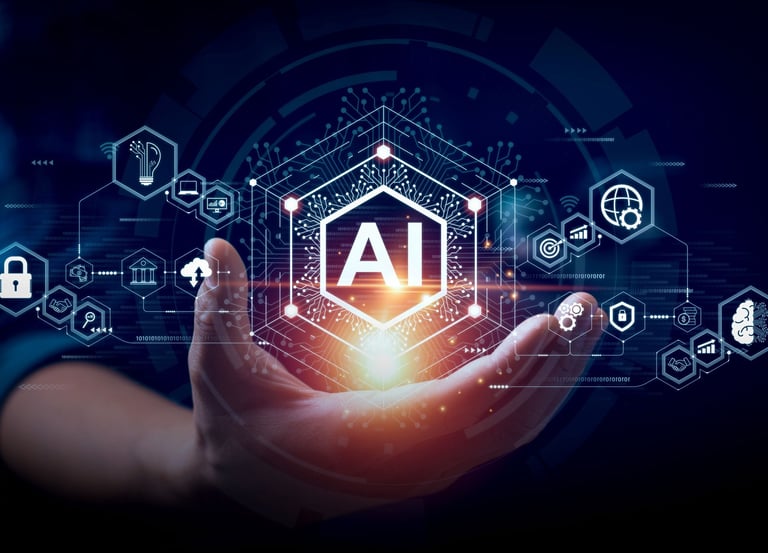

Superintelligent AI
A future concept of AI exceeding human intelligence in all areas.
General AI
Hypothetical AI with human-level reasoning across many domains.
Narrow AI (Weak AI)
Specialized systems designed for one task (e.g., recommendation algorithms, voice assistants).
Machine Intelligence
Main Technologies Behind AI:
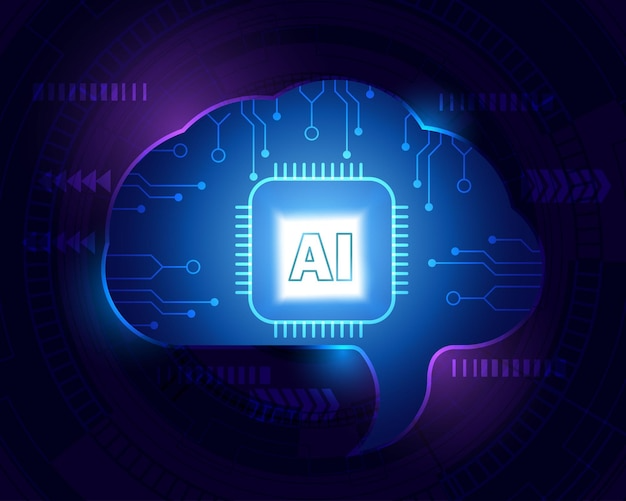

Machine Learning (ML):
Systems learn from data and improve over time without being explicitly programmed.
Example: Email spam filters, recommendation systems.Deep Learning:
A subfield of ML using neural networks with many layers (like the human brain).
Example: Image and voice recognition (e.g., Face ID, Alexa).Natural Language Processing (NLP):
Allows machines to understand and respond in human language.
Example: ChatGPT, Google Assistant, language translation.
Pros and Challenges of AI:
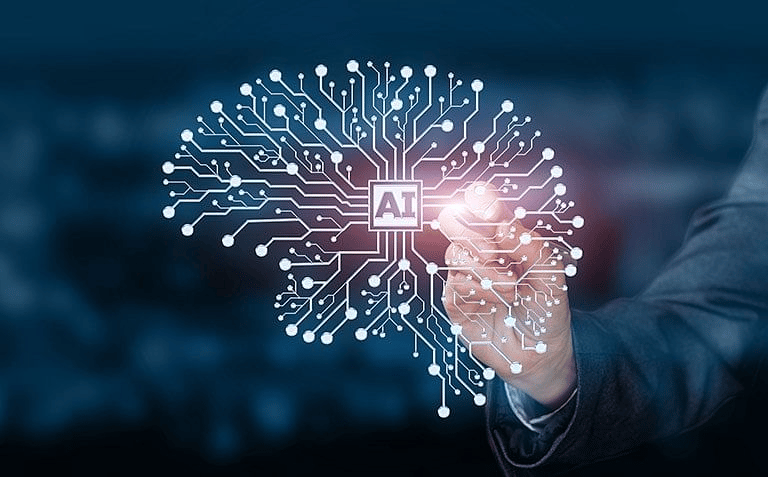

✅ Benefits:
Automation of repetitive tasks
Data-driven decision making
Faster, more accurate analysis
Cost savings over time
⚠️ Challenges:
Bias in AI systems
Data privacy concerns
Job displacement in some sectors
Lack of transparency (“black box” decisions)
Pros and Challenges of AI:
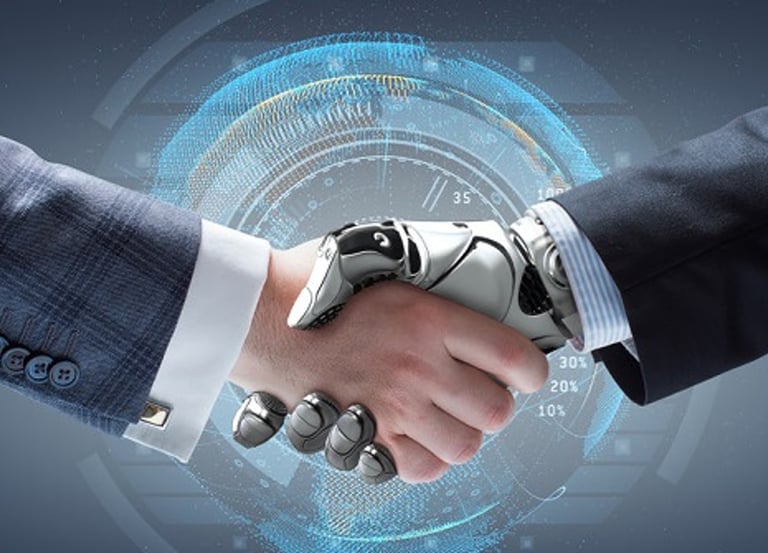

🔮 The Future of AI:
AI is evolving rapidly, pushing into areas like:
AGI (Artificial General Intelligence)
AI ethics and regulation
Human-AI collaboration
Quantum AI
🧭 Final Thoughts
AI is powerful and transformative, but it's not without serious risks. The key to sustainable AI use is:
Ethical design
Transparent systems
Strong regulation
Human-in-the-loop oversight
Quick Links
Leading IT consulting for innovative solutions.
info@jpradainfotech.com.au
+61 (3) 7076 1419
Contact Us
Services
Suite 101, 7 Rushford Lane, Werribee, Victoria, 3030
© 2025 • Jprada Infotech Pty Ltd. • All Rights Reserved


